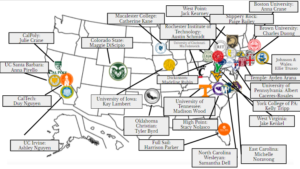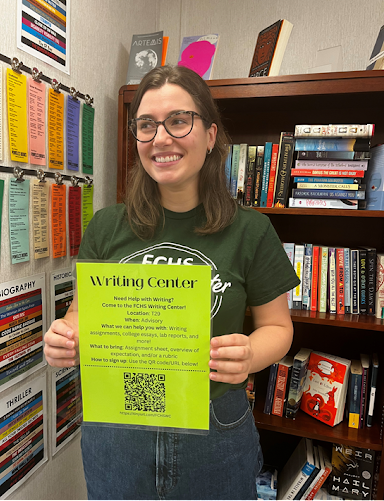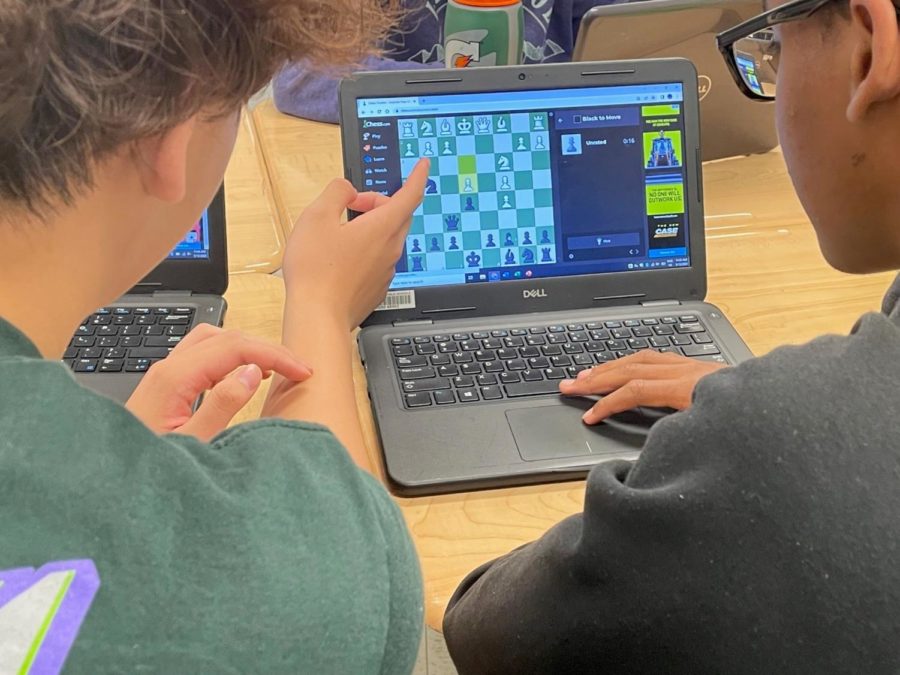49ers QB Colin Kaepernick Protests National Anthem
October 24, 2016
During most professional sports games in the United States, to stand while the national anthem is playing is com- monplace. However, on August 26, in a preseason football game against the Green Bay Packers, San Francisco 49ers Quarter- back Colin Kaepernick decided to take a seat during the playing of “The Star Span- gled Banner.” When asked in an interview after the game about his seated position, he said that he couldn’t stand “to show pride in a flag for a country that oppresses black people and people of color.” This stance was in direct support of movements such as Black Lives Matter that fight against modern racial inequality. Income inequal- ity and police brutality are only a couple of issues raised to prominence.
In these movements, and people show their support in a variety of different ways. Colin Kaepernick was using the sta- tus he has as a professional athlete to bring these issues to the public eye. Unsurpris- ingly, there has been plenty of controversy surrounding this action of not standing during the anthem, where some people interpret it as Kaepe- rnick being unpatriotic, or even disrespecting the military. Videos where some citizens felt the need to burn Kaeper- nick’s jersey have surfaced around the Internet, and others have called into question how a man who makes millions can speak out on issues such as income inequality.
As his protest gained more momentum, Kaepernick’s sitting gradually turned into kneeling during the anthem. Other high profile athletes have been showing support for his cause. Some of these athletes include soccer star Megan Rapinoe, Broncos Linebacker Brandon Marshall, and other football players across the NFL. This hasn’t been the first instance in history where athletes have used their platforms to speak out against racial inequality. The most famous ex- ample of this is the 1968 Olympics, where American track stars Tommie Smith and John Carlos did a clenched fist Black Power salute on the medal podium in the stadium at Mexico City, which was also controversial at the time.
With all the advances our society has made over the past 60 years, from Martin Luther King’s “I Have a Dream” speech, to President Barack Obama being elected as the first black president, it is important not to forget that racism is still a big issue that we face in society, even today. It is also important to consider that the name Black Lives Matter it- self isn’t a jab at other ethnicities (because of course every- body’s life matters), but rather the people in the movement feel that their lives aren’t being treated 100% equally to ev- eryone else’s. In closing, it seems a little bit brash for people to make judgments about issues they are not considering from all points of view; a white person shouldn’t make judg- ments about racial inequality until he looks at it through a minority’s perspective. Or as Harper Lee said in To Kill a Mockingbird: “You never really understand a person until you consider things from his point of view… Until you climb inside of his skin and walk around in it.”







